On various sets around New Mexico in 2022, Los Alamos National Laboratory employees talked science and bumped fists with celebrities.
Tag: Los Alamos National Laboratory
UAH researchers win awards totaling $750K to advance steps toward “holy grail” fusion clean energy project
Mechanical and aerospace engineering faculty at The University of Alabama in Huntsville (UAH) have won a pair of research awards totaling $750,000 to collaborate with the Los Alamos National Laboratory (LANL) on research to advance knowledge toward one of the most sought-after goals of plasma physics, plasma fusion energy. This project marks the first experimental collaboration between the university and the LANL, helping to bring fusion and high energy density (HED) plasma research to UAH, a part of The University of Alabama System.
Nuclear forensics training — it’s a dirty job
Although the likelihood of a terrorist nuclear attack is extremely low, a lot of work is required to prepare for such an unthinkable event. That’s why a response team assembled by the National Nuclear Security Administration (NNSA) recently trained in eastern Idaho’s desert on ways to collect and analyze simulated debris from a nuclear detonation. Nuclear forensics—the science of determining the origin of nuclear material—is an essential element of the United States’ strategy to prevent nuclear terrorism.
DOE Announces $70 Million to Improve Supercomputer Model of Earth’s Climate System
The U.S. Department of Energy (DOE) today announced $70 million in funding for seven projects that will improve climate prediction and aid in the fight against climate change. The research will be used to accelerate development of DOE’s Energy Exascale Earth System Model (E3SM), enabling scientific discovery through collaborations between climate scientists, computer scientists, and applied mathematicians. Data from this model will enhance scientists’ understanding of climate change, which will be crucial to furthering President Biden’s commitment to tackling the climate crisis at home and abroad.
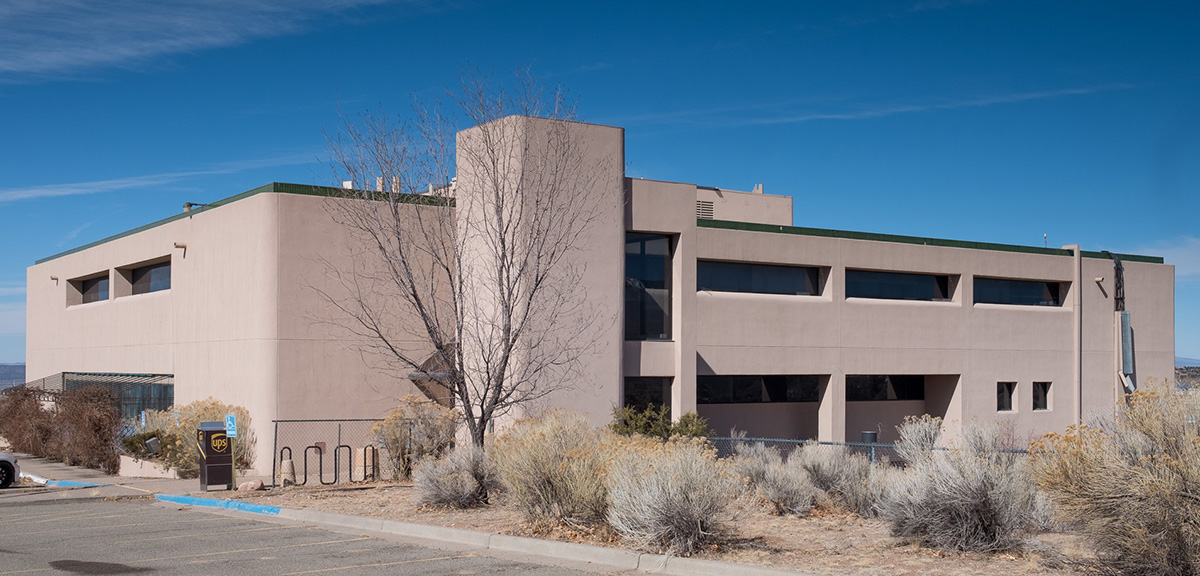
Los Alamos National Laboratory moves 500 employees to Santa Fe, signs lease on Pacheco Street office complex
Los Alamos National Laboratory is strengthening its presence in Santa Fe with the signing of a 10-year-lease of two adjacent office properties totaling 77,856 square feet of space at the corner of Pacheco Street and St. Michael’s Drive.
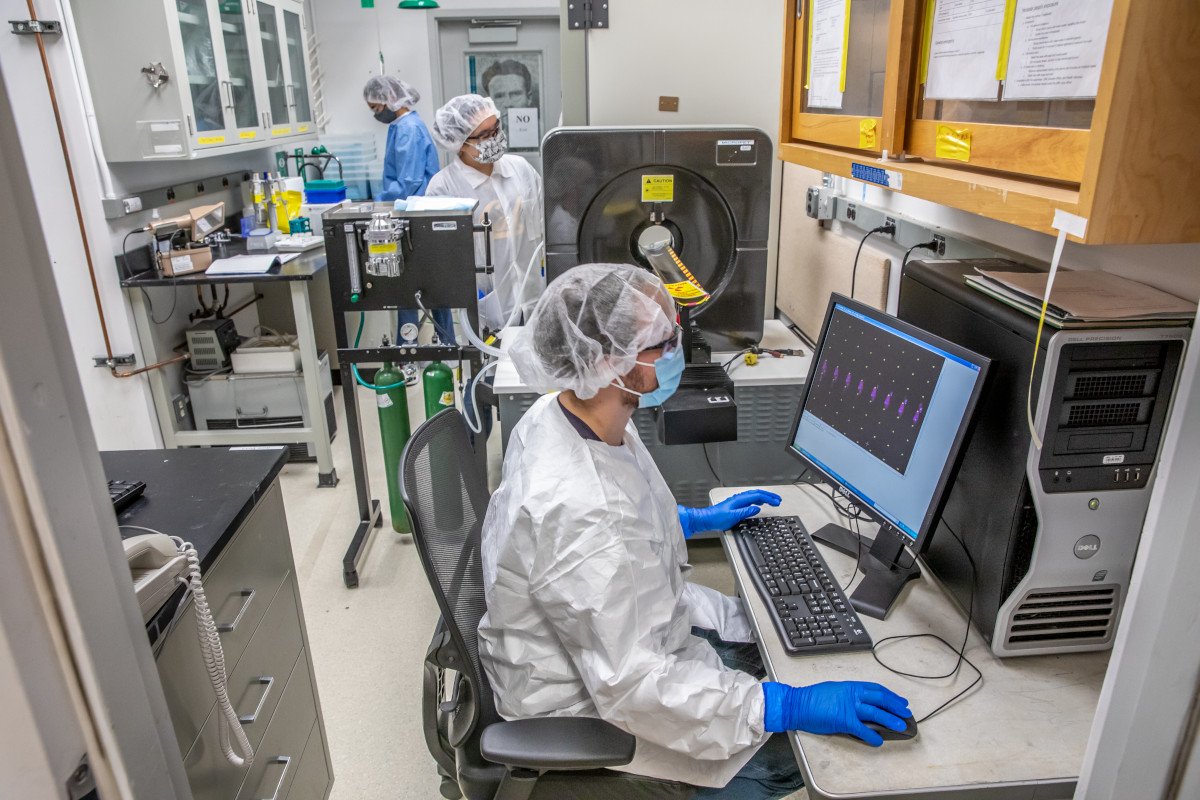
Scientists Recruit New Atomic Heavyweights in Targeted Fight Against Cancer
Researchers from Berkeley Lab and Los Alamos National Laboratory have developed new methods for the large-scale production, purification, and use of the radioisotope cerium-134, which could serve as a PET imaging radiotracer for a highly targeted cancer treatment known as alpha-particle therapy.
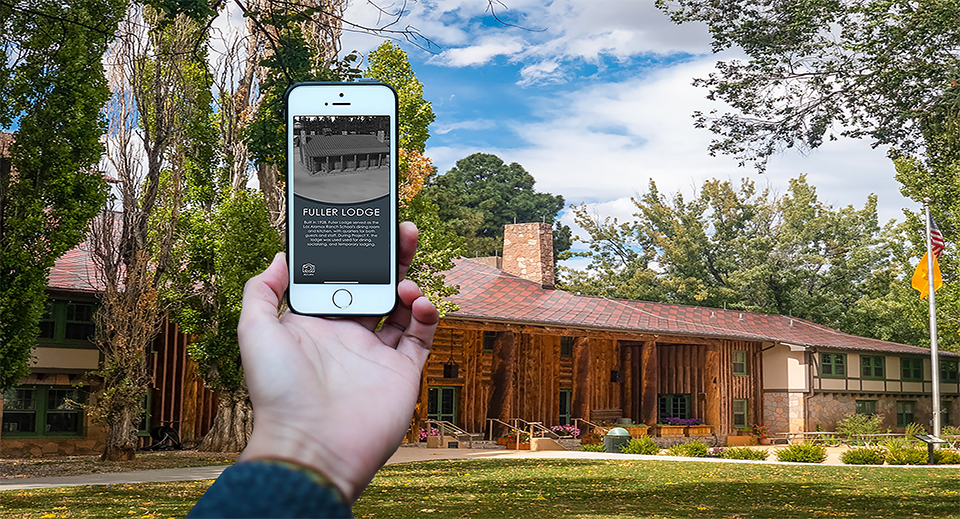
The Secret City: Project Y mobile app is back
Los Alamos National Laboratory is proud to announce the re-release of The Secret City: Project Y, the app that lets you explore Los Alamos in New Mexico as it was during the Manhattan Project.
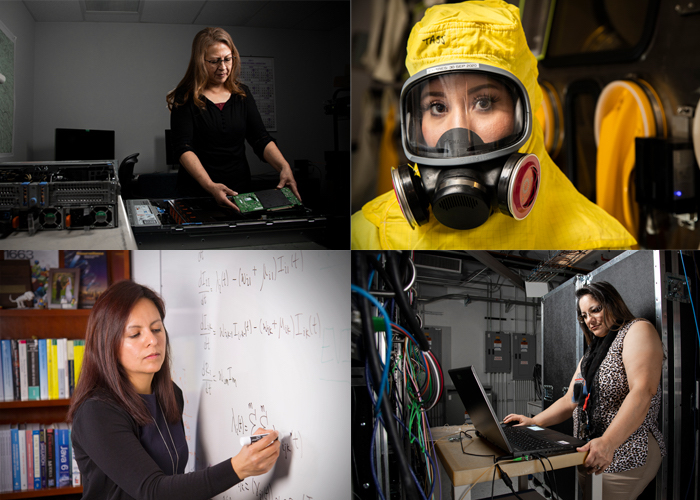
Los Alamos National Laboratory named a top employer by Latina Style
Los Alamos National Laboratory was selected as one of the 2020 Top 50 Best Companies for Latinas to Work in the U.S. by LATINA Style Inc. The Lab ranked 33 out of 50, based on 2019 data.
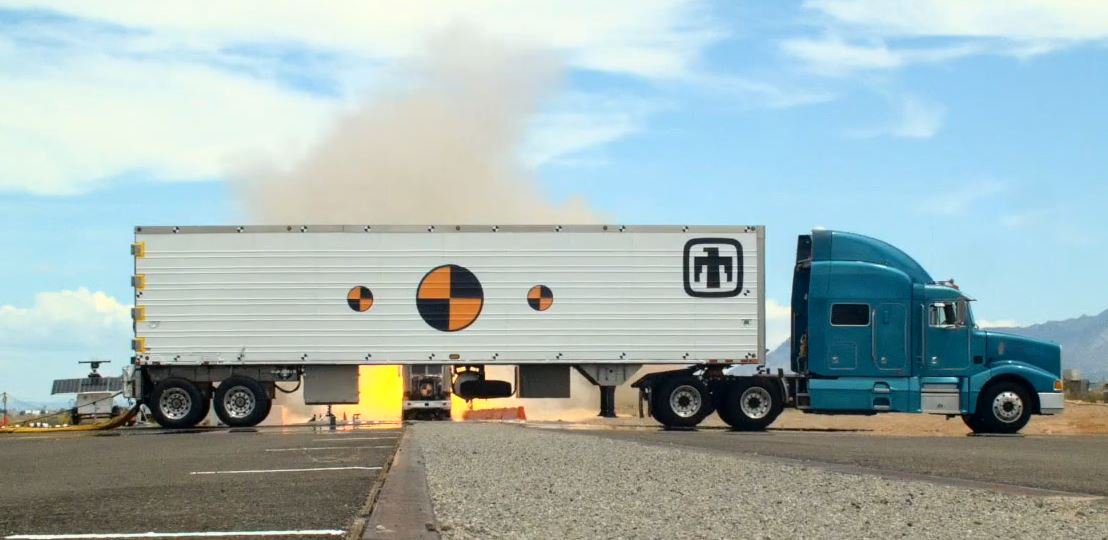
Successful crash test meets major milestone for nuclear deterrence program
A full-scale crash test involving a semitruck impacting the side of the first prototype of a new weapons transporter successfully took place at Sandia National Laboratories this summer.
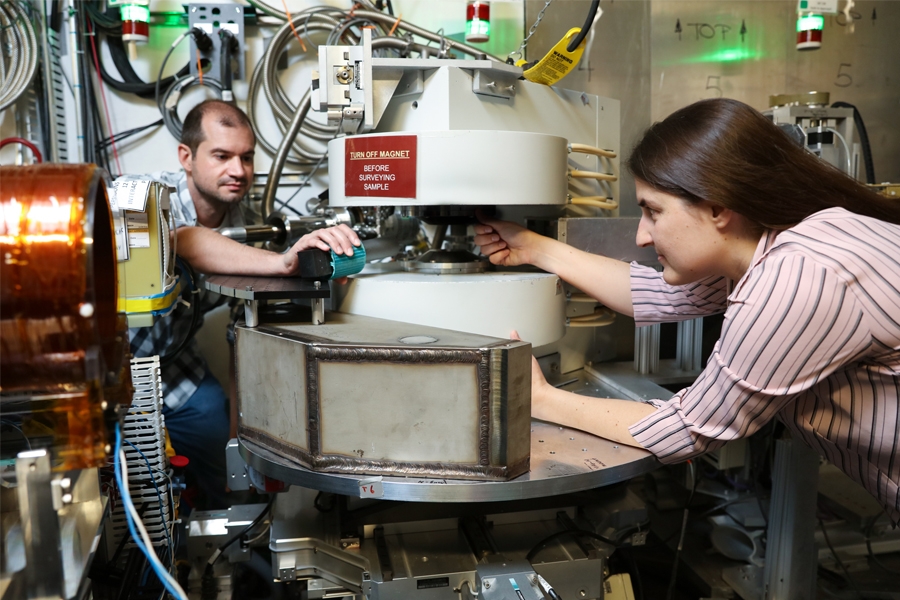
The Mystery of the Neutron Lifetime
When scientists use two different techniques to measure the neutron lifetime, they get two different results. While it may be experimental uncertainties, it may also be a sign of new physics. With the Department of Energy’s support, scientists are working to figure out why this discrepancy exists.
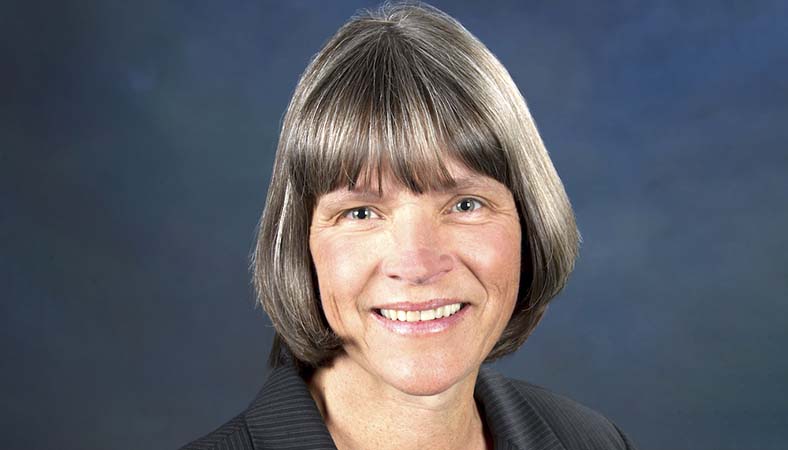
Deniece Korzekwa named Los Alamos National Laboratory Senior Fellow
Deniece Korzekwa, of Los Alamos National Laboratory’s Sigma Division, has been named Senior Fellow for outstanding leadership and seminal contributions to nuclear weapons manufacturing science, global security initiatives and international scientific exchanges involving plutonium and uranium.
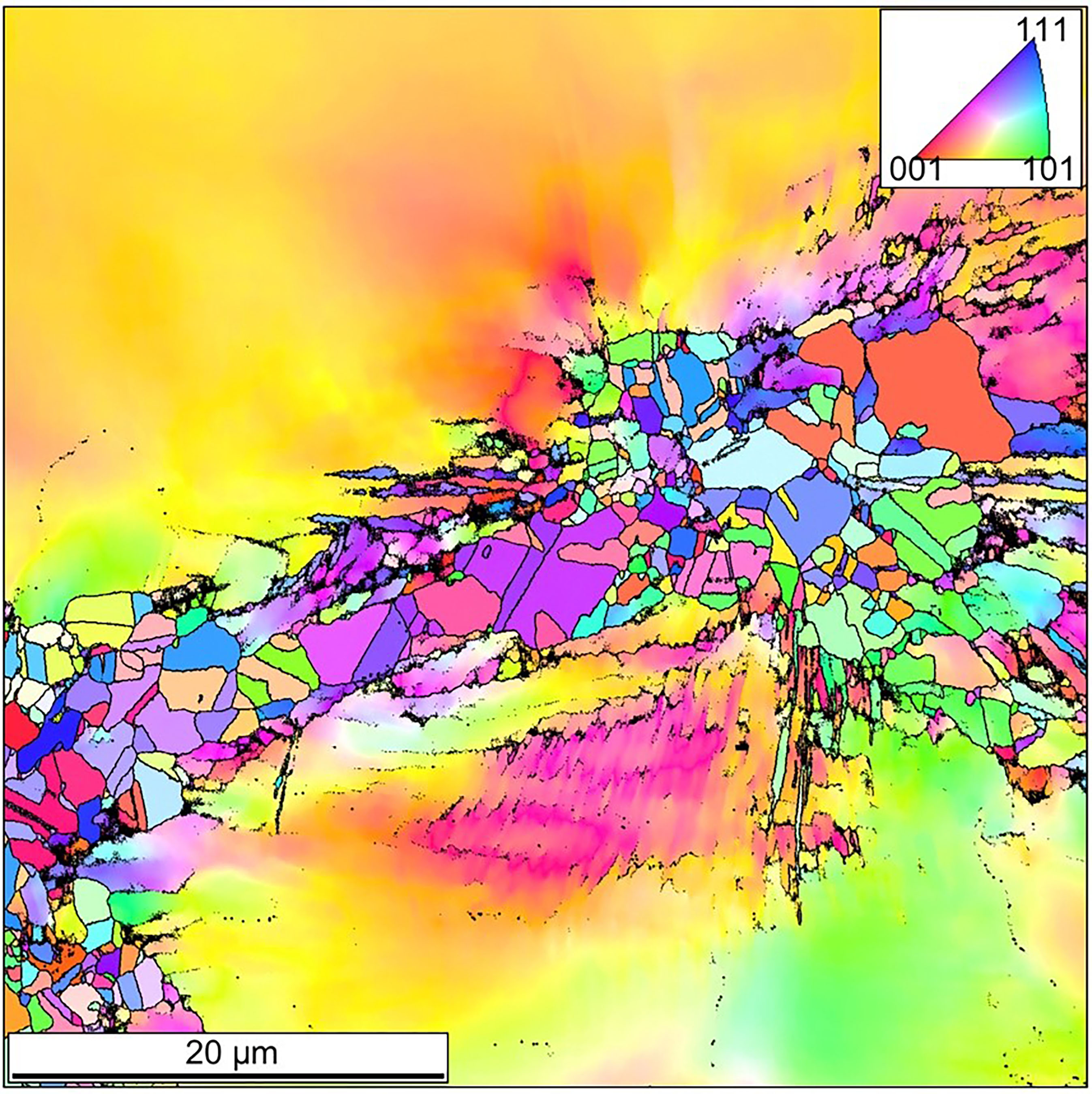
Lack of Damage After Secondary Impacts Surprises Researchers
When a material is subjected to a shock or blast wave, damage often forms internally through spall fracture, and research is needed to know how these damaged materials respond to subsequent shock waves. Recent experimentation on spall fracture in metals found that, in certain cases, there was an almost complete lack of damage with only a thin band of altered microstructure observed. In the Journal of Applied Physics, researchers narrowed down exactly why the expected damage was missing.
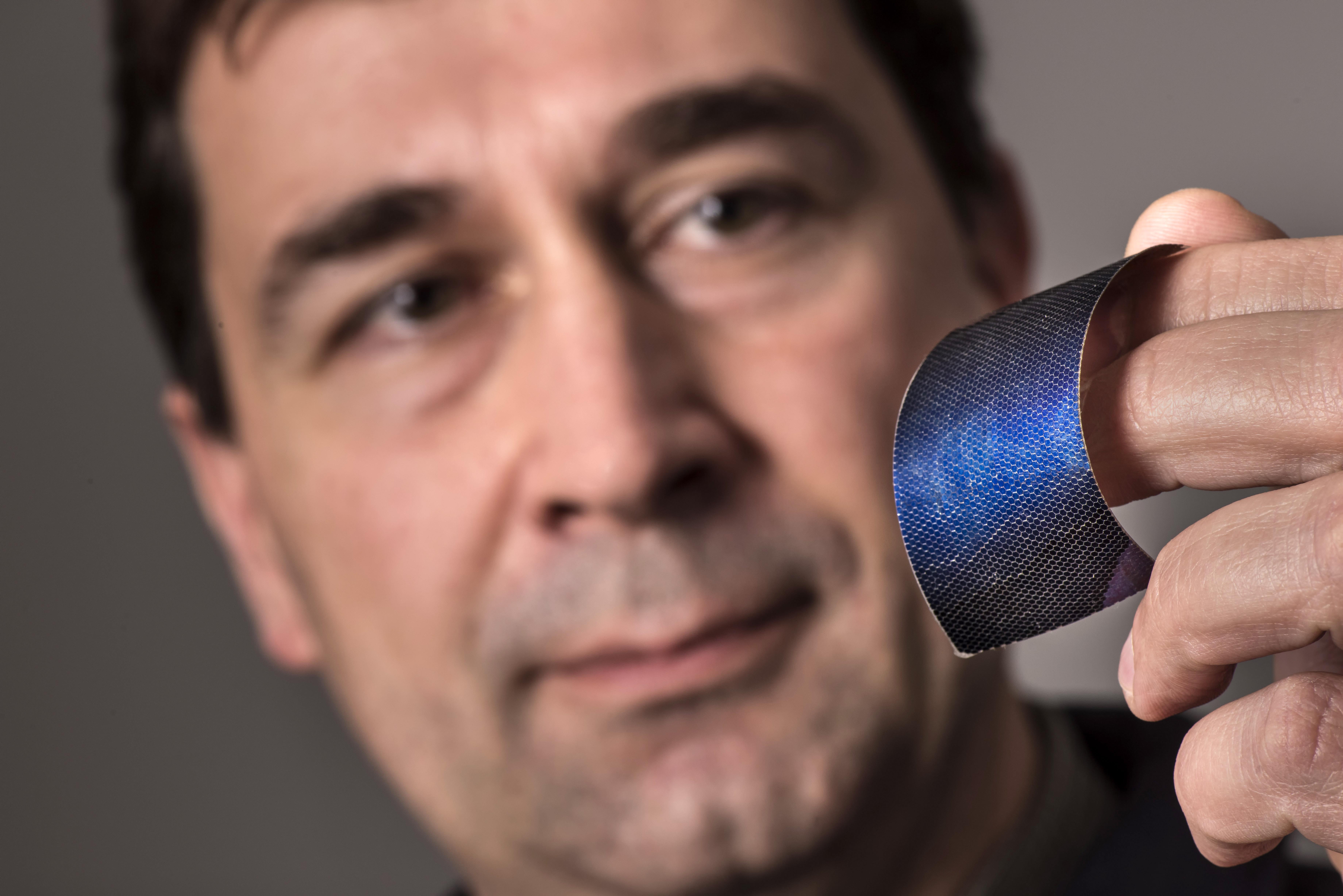
From innovation to industry
A recently signed New Mexico law enables Sandia and Los Alamos national laboratories to assist in turning transferred technology into viable products and services, which could boost innovation and create jobs, according to Sandia business development experts.
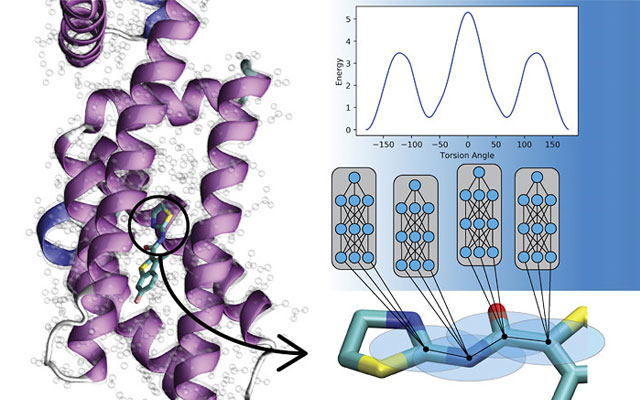
Supercomputers Pave the Way for New Machine Learning Approach
Researchers have developed a machine learning approach called transfer learning that lets them model novel materials by learning from data collected about millions of other compounds. The new approach can be applied to new molecules in milliseconds, enabling research into a far greater number of compounds over much longer timescales.